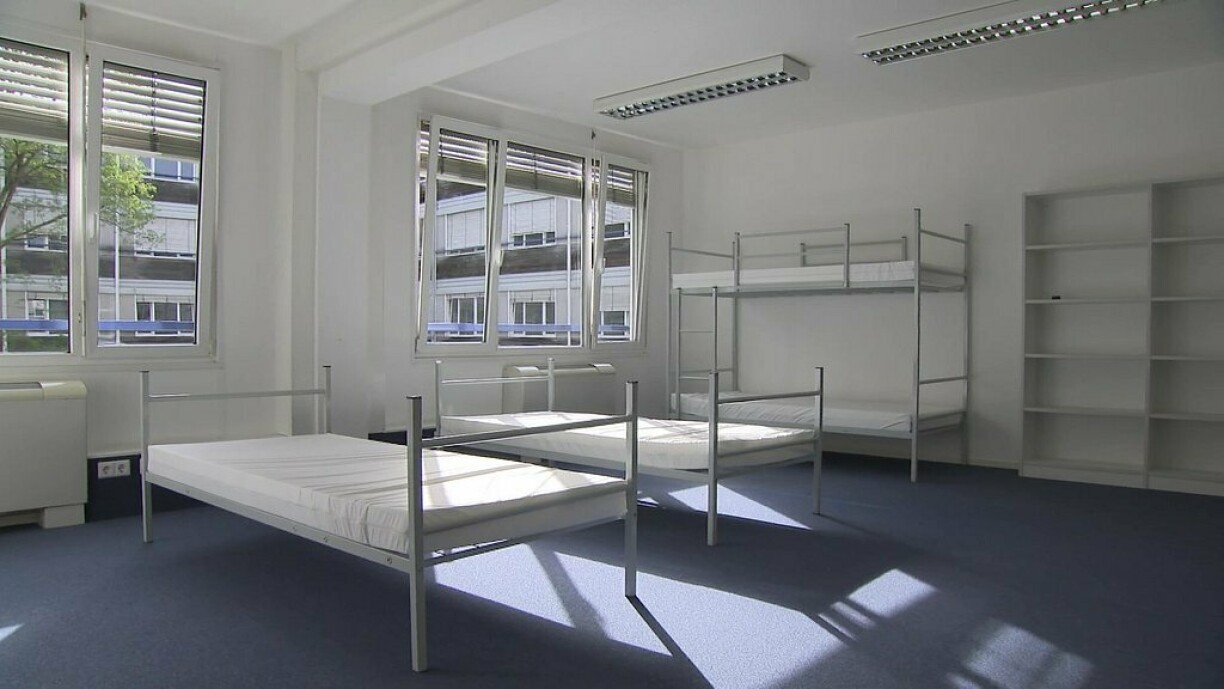
Close to 10 million people have fled Ukraine since the beginning of the Russian invasion, according to the UN Refugee Agency (UNHCR). 4,300 of those have since made it to the Grand Duchy and received the ‘temporary protection’ status.
1,072 of those Ukrainian refugees currently live in one of the 17 homes operated by the National Bureau for Admission (ONA), 168 fewer than in mid-July. The remaining 3,000 people have either found shelter in private homes or have already left the country again.
Last month, Minister of Foreign and European Affairs Jean Asselborn announced that aside from the Ukrainian refugees, 937 other people with international protection status currently live in Luxembourg. The majority are either from Syria or Afghanistan.
Minister Asselborn further conveyed that Luxembourg’s combined homes for refugees are at 96% capacity. 3,832 people with 82 different nationalities live in such a facility. About 2,000 of the available beds are managed by the ONA.
Lately, the number of refugees arriving from Ukraine has begun declining, with fewer than ten per week recorded in July. At the Kirchberg facility destined for new arrivals, only 100 out of 500 available beds are currently in use. This includes refugees that initially lived with private people, but no longer have the option of staying.
The ONA has twelve homes designed for long-term stays. According to Minister Asselborn, 826 beds are currently occupied. A new refugee facility, the T Building, recently opened in Kirchberg and already has 126 out of 156 beds occupied. By the end of the month, work on new accommodations is expected to be completed and take the total capacity to close to 700 people.
Space for an additional 500 refugees is set to be created in an emergency centre in Contern. The State Council has already approved the decision and works are to begin in the coming week.